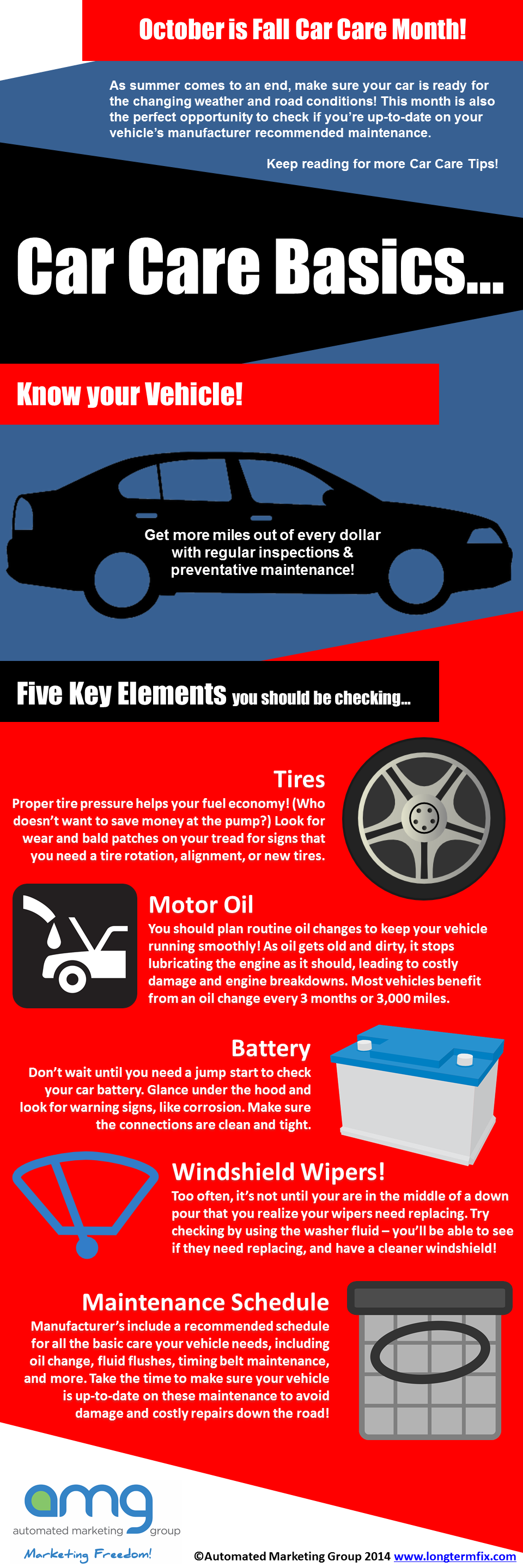Exploring The Genuine Interpretation Of Your Cars And Truck'S Warning Lighting
Exploring The Genuine Interpretation Of Your Cars And Truck'S Warning Lighting
Blog Article
Content Create By-Johannsen Gross
When you lag the wheel, those beautiful warning lights on your dashboard can be a little bit puzzling. Do you know what they're attempting to inform you about your car's wellness? Recognizing the value of these lights is essential for your security and the longevity of your vehicle. So, the next time one of those lights appears, would not you wish to analyze its message properly and take the needed steps to address it?
Common Caution Lighting and Interpretations
Recognize typical warning lights in your automobile and comprehend their definitions to make sure safe driving.
One of the most typical warning lights consist of the check engine light, which signals problems with the engine or exhausts system. If this light begins, it's important to have your automobile checked quickly.
The oil pressure alerting light shows reduced oil pressure, calling for instant attention to stop engine damages.
A flashing battery light could suggest a faulty billing system, potentially leaving you stranded if not attended to.
The tire pressure monitoring system (TPMS) light signals you to low tire stress, influencing car security and gas effectiveness. Neglecting this could result in hazardous driving problems.
The abdominal muscle light suggests a trouble with the anti-lock braking system, jeopardizing your capability to quit promptly in emergencies.
Finally, the coolant temperature level advising light warns of engine overheating, which can result in severe damages if not resolved swiftly.
Recognizing these usual warning lights will certainly aid you deal with concerns without delay and maintain safe driving conditions.
Value of Prompt Interest
Recognizing the usual warning lights in your cars and truck is just the primary step; the value of quickly resolving these warnings can not be emphasized enough to guarantee your safety and security on the road.
When a caution light brightens on your dashboard, it's your automobile's way of connecting a potential issue that requires attention. Overlooking mechanic gloves can bring about more serious issues in the future, jeopardizing your security and possibly costing you much more in repairs.
Motivate interest to cautioning lights can prevent break downs and crashes. As an example, a blinking check engine light might indicate a misfire that, if left neglected, can trigger damages to the catalytic converter. Addressing this without delay can save you from an expensive repair service.
Similarly, a brake system alerting light might signify low brake fluid or worn brake pads, essential elements for your safety and security when driving.
DIY Troubleshooting Tips
If you see a caution light on your control panel, there are a couple of DIY repairing pointers you can try prior to seeking specialist help.
The very first step is to consult your vehicle's guidebook to recognize what the particular caution light indicates. In some cases the concern can be as basic as a loosened gas cap causing the check engine light. Tightening up automotive brake repair may fix the issue.
Another typical issue is a reduced battery, which can trigger different warning lights. Checking the battery connections for corrosion and ensuring they're protected might repair the problem.
If a warning light persists, you can attempt resetting it by disconnecting the cars and truck's battery for a few mins and after that reconnecting it. In addition, checking your vehicle's fluid levels, such as oil, coolant, and brake liquid, can aid repair alerting lights connected to these systems.
Conclusion
Finally, comprehending your cars and truck's caution lights is vital for keeping your lorry running efficiently and safely. By without delay addressing these alerts and recognizing what they mean, you can stay clear of expensive repair work and potential break downs.
Remember to consult your auto's handbook for particular details on each advising light and act accordingly to ensure a trouble-free driving experience.
Remain educated, remain safe when driving!
